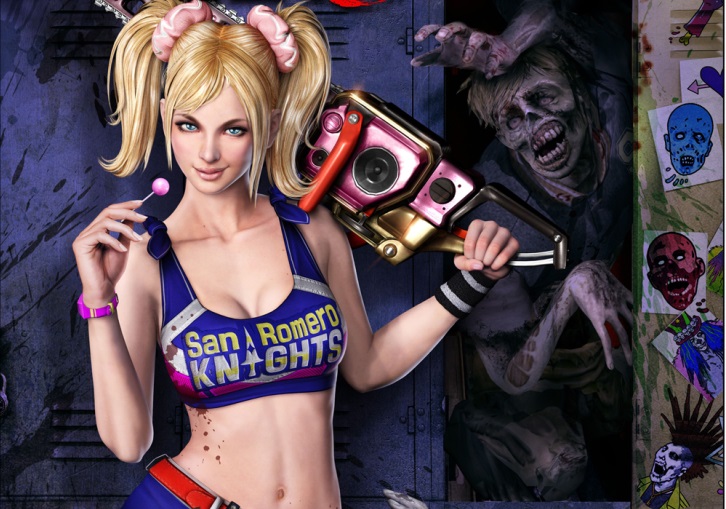
The way we see things on a daily basis affects us, often in ways we don’t realize. This is particularly important when we look at video games as a serious entertainment medium. More people than ever before play video games. It’s become a cultural phenomenon that spans generations. Young, old, men, women, even toddlers sometimes. But it’s one of the few areas where we don’t seriously consider the content of our media and the subtle impact it has on our perceptions. Sure, we’ve looked repeatedly at violent video games. We’ve talked about children’s tech addictions at length. But we haven’t looked at the way games skew our thinking and how such an abstract and innocuous concept could turn into one that affects our entire society.
I’m talking about sex. Oh, look, you woke up! SEX! Women in bikinis! I have your attention, right? Well, at least if you’re a guy. That last paragraph was pretty slow, wasn’t it? But it’s important, because this is all about women in video games, sex in video games, and how the way we portray women in video games has a significant effect on the way we think about and treat women on a daily basis. But wait, video games don’t change how we treat women, right? Or do they?
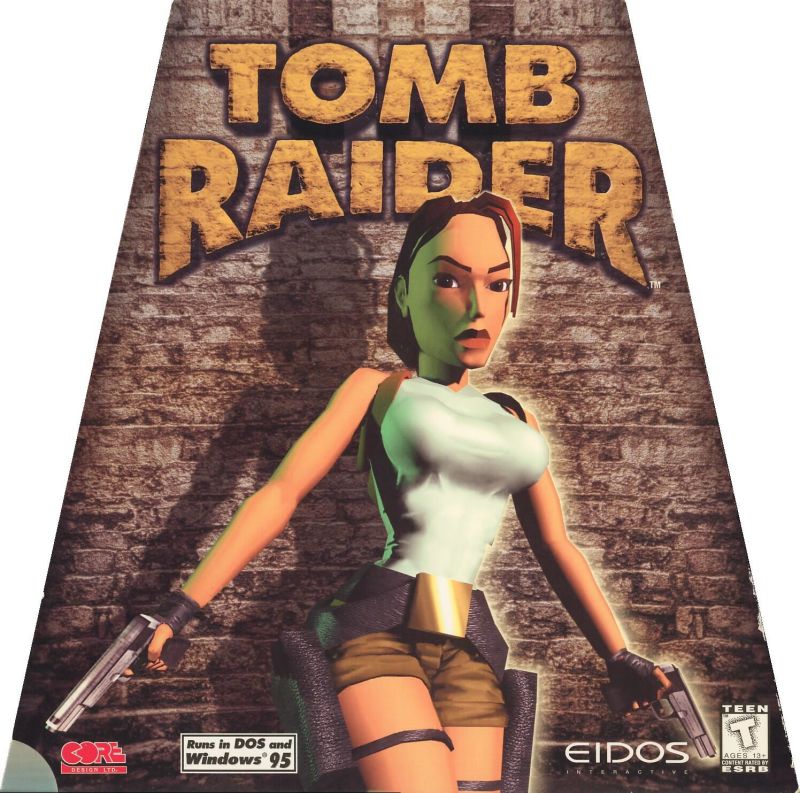
Look at Tomb Raider. Lara Croft is the perfect example of how we managed to make a woman both a strong female lead and radically oversexualize her at the same time. Until Crystal Dynamics rebooted the Tomb Raider franchise under Square Enix, Lara Croft was more disproportionate than Barbie. Realistically, her proportions would cause spinal problems so painful that she’d be forced to use her money on reduction surgery. Not to mention you’d barely be able to move in the clothes she wears in most games. Her guns hang so much lower than her shorts that they’d burn her thighs after firing them if she moved wrong. It’s ludicrous. But we don’t blink at it. “She’s hot and badass too.” It’s subtle and blatant at the same time, creating an icon to objectify while ignoring the problem by focusing on her strengths. Keep in mind that this is a game that virtually no one has an issue with. I don’t. I love the series. But Crystal Dynamics realized it and radically modified Lara Croft for the most recent series to make her more human and less sexual. And that’s rare in gaming. Very rare.

There are plenty of strong female leads in gaming now, but most of them are hyper-sexualized. Bayonetta, YoRHa No. 2 Model B (Nier: Automata), Faith Connors (Mirror’s Edge), Samus Aran (Metroid), Juliet Sterling (Lollipop Chainsaw), and Aya Brea (Parasite Eve) just to name a handful with varying degrees of overt sexuality. Wait, Samus Aran? Yup. I threw that one in there just to prove a point. Samus is a bounty hunter from the Metroid series and she wears a suit of body armor so heavy that her gender is virtually indiscernible most of the time. But if you die in the Super NES title, Super Metroid, her armor explodes and she’s in a bikini and heels underneath for absolutely no reason whatsoever. When they finally started showing Samus out of her armor in later games, they made her Barbie thin in clothing that was so tight it might as well have been painted on. I later found out you get to see her in a bikini at the end of the NES game Metroid too, as part of the end sequence depending on how fast you finish the game. The idea is to shock you by finding out that Samus is a woman the whole time, but ultimately, it’s a reward to see a bikini girl if you do really well. That sort of thinking sticks in our subconscious. There’s nothing inherently wrong with it, but it subtly distorts the way we see women, one image at a time. This is how we are told women should look, even powerful ones.
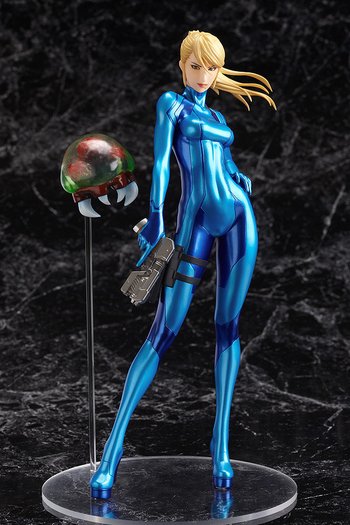
I recently had an experience like this with my wife. I’m a big fan of the Ys series, which is probably one of the longest running action/RPGs in existence. Last year, Ys VIII: Lacrimosa of Dana was released and I eagerly purchased it for the PS4. And it’s a fantastic game. The reviews across the board are spectacular. It has a deep and rewarding story, solid gameplay, excellent music, and so on and so forth. It’s VERY good. I probably spent nearly a hundred hours playing that game. But, one day, I had just finished a dungeon and my wife walked in during a cinema sequence with Adol (the main protagonist) and Dana (the female lead). And she simply stopped dead, looked at the screen and asked me what the hell the woman onscreen was wearing. I hadn’t thought about it. I never noticed. Between the girlish voice and my over-familiarity with anime in general, I simply didn’t realize how Falcom had dressed Dana. And provocative is an understatement. I’m not sure that physics would even allow for an outfit like that in the real world. Sure, it’s a video game. Sure, it’s all in good fun. But it’s perfectly fine to us to dress a woman like Dana is dressed in Ys VIII. If we saw a man dressed in such a manner, we’d be stunned, even bothered by it. People (read: trolls) would set message boards afire with how disgusted they were that a main character looked so ridiculous. But I didn’t see it. Not until my wife pointed it out.
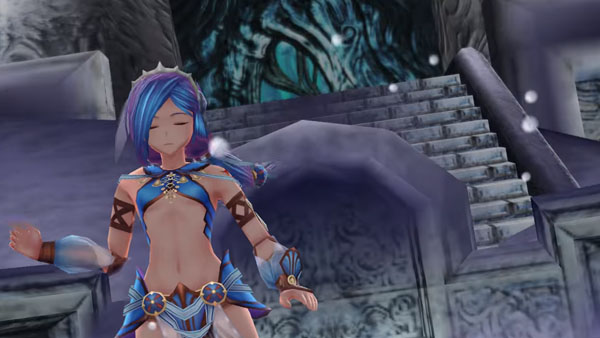
I had the same issue with a PS3 game called Catherine from Atlus. Catherine is about to be re-released for the PS4 as Catherine: Full Body. If you’re not familiar with it, it’s a spin-off game from the superb Shin Megami Tensei series of RPGs. But Catherine is a puzzle game which also has a social component. You play Vincent Brooks, a guy who hangs out in bars with his friends and has a girlfriend named Katherine, who you cheat on with a girl in the bar, also named Catherine. Yup. You cheat on your girlfriend in a cinema sequence as a main part of the story. Then you spend the rest of the game deciding which Catherine/Katherine you want to be with while you get photos and sexual comments texted to your phone by your mistress. The artwork is rather provocative as well. The game is designed to be a moral quandary, but it also reinforces certain social and sexual stereotypes. Catherine: Full Body adds a third girl named Rin who is also vying for your affection. Oh, and she’s trans, so that makes it ok, right? Good thing they didn’t just tack that on to fit the times or anything.
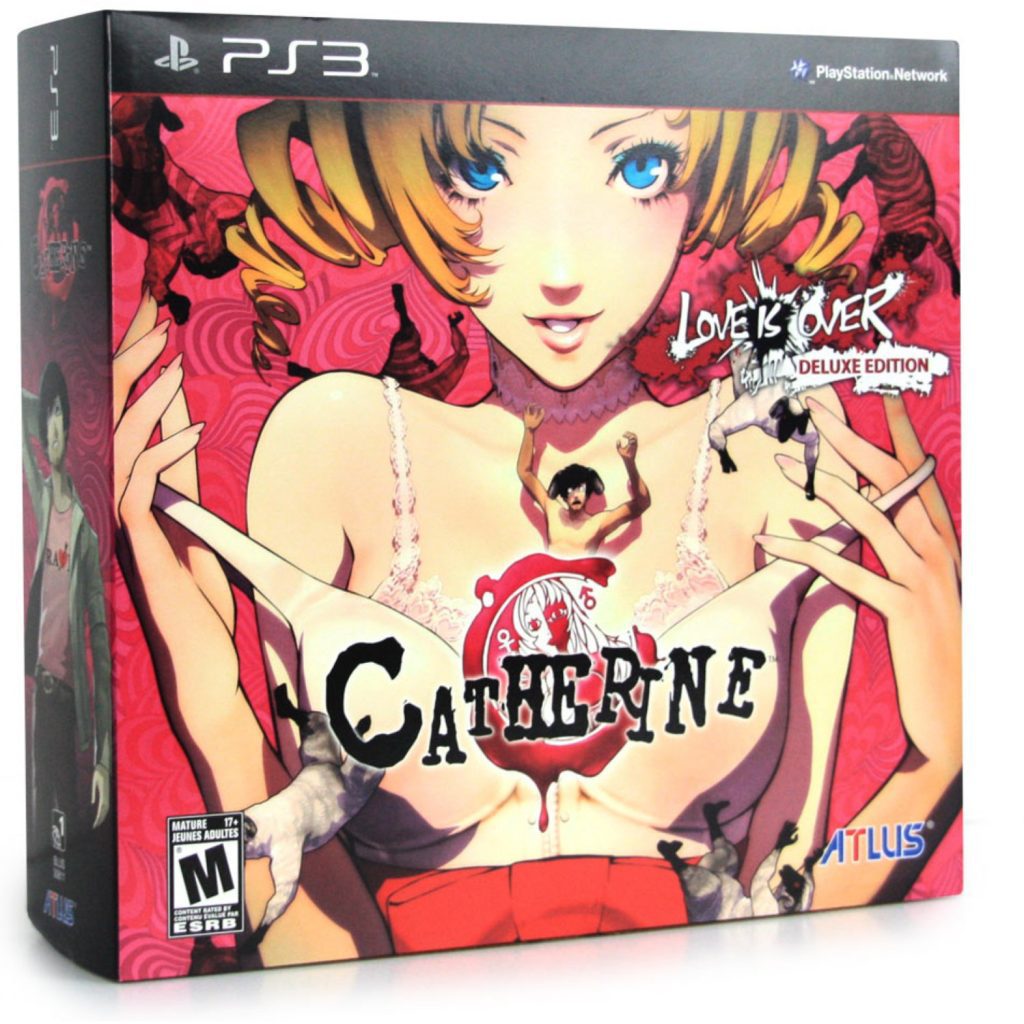
Don’t get me wrong, Catherine is a fantastic game and quite interesting, but it’s designed to be played by adults who understand the concepts involved. It’s not for kids. It’s not for teens. It’s rated M for 17 and up, but honestly, it isn’t something that even most adults will try. One of my friends saw it and it made him so uncomfortable he couldn’t play it at all, which is exactly what it’s supposed to do. My wife saw the limited edition of the game on my shelf and asked me what the hell it was. I explained it to her and between the cover of the limited edition and my explanation (including that it comes with a pillowcase with one of the girls adorning it), I received a look that I can’t exactly describe in words, something between “I’m questioning my life choices” and “Are you serious” with a bit of “I find this entire concept appalling”. She also told me that I need to put the game away so our son doesn’t see the cover, which also hadn’t even occurred to me. That’s the trouble. We see these images of questionable taste repeatedly and we become inured without even realizing it’s happening. We’re desensitized to the sexualized presentation of women, so much so that each further image becomes more extreme to grab our attention. Then that becomes mundane. It’s a self-perpetuating cycle.
When we look at the problem of objectification of women, it’s easy to see that it’s pervasive across gaming. There’s little variety in the vast majority of games. They’re crafted with a obvious purpose, simply to attract attention. There are a few exceptions, but for the most part, if you see a woman in a video game, she’s young, skinny, and attractive or a matronly woman intended to be a non-player character (NPC) in the background. The sexual nature of the characters is so blatant that when non-gamers see the games, they tend to be surprised, shocked, or scandalized, and yet we still fail to notice due to the sheer level of desensitization that gamers have been instilled with over years and years of constant exposure. And yes, there’s a similar problem in Hollywood with movies and TV shows, but more often, kids and teens aren’t watching those shows as much, and if they do, an entire season of a show is between 10 and 20 hours with only the occasionally provocative scene. A movie caps out at about 2.5 hours. In a game however, you might spend 20-100 hours with a character and she is much more likely to be thrown into repeated provocative scenes and imagery crafted frame by frame to maximize her sexuality. On top of that, the scenes might be interactive, like the rather infamous sex scene towards the end of Heavy Rain, where you have to physically control the intercourse (although they manage to avoid overtly showing it somehow, quite the razor’s edge).
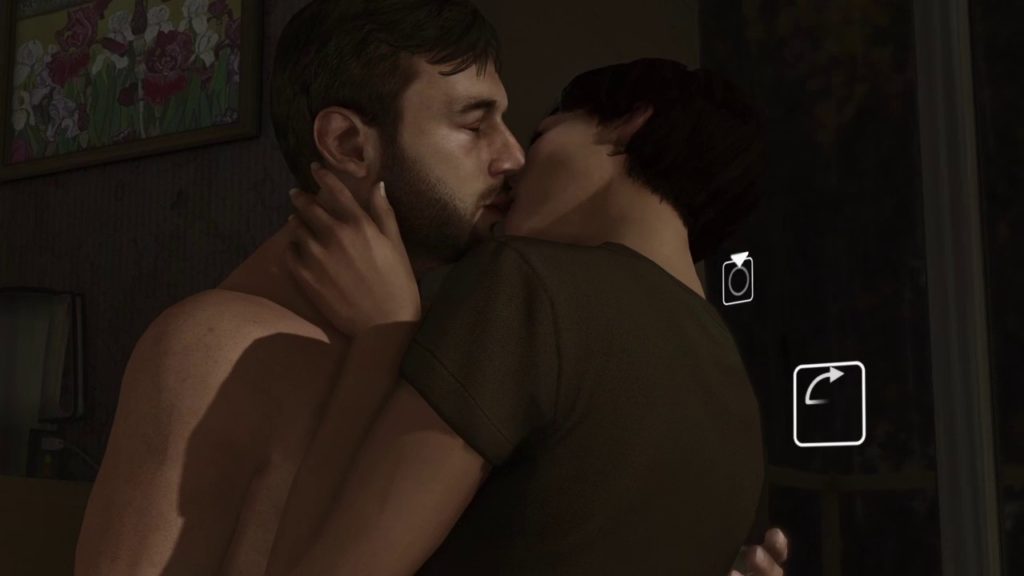
Ultimately, we need to take a step back and examine what we’re setting in front of our children as well as ourselves and realize that it can permanently affect our unconscious views and thought processes concerning women. And those unconscious norms can eventually translate into patterns of behavior that become part of the way our society as a whole treats women. Do not misunderstand me; I’m not saying games are responsible for this. Nor do they exist in a vacuum. It’s perfectly fine to enjoy everything we’ve discussed, as long as you understand why it’s presented in the way it is and how it can affect you and others. But gaming is a contributor to the objectification of women, and one that is much more likely to be accessible to children at a younger age. We need to at least look at both the way our children consume this media, and we ourselves do as well. It might be only a small thing, but it’s one that can certainly have an impact.
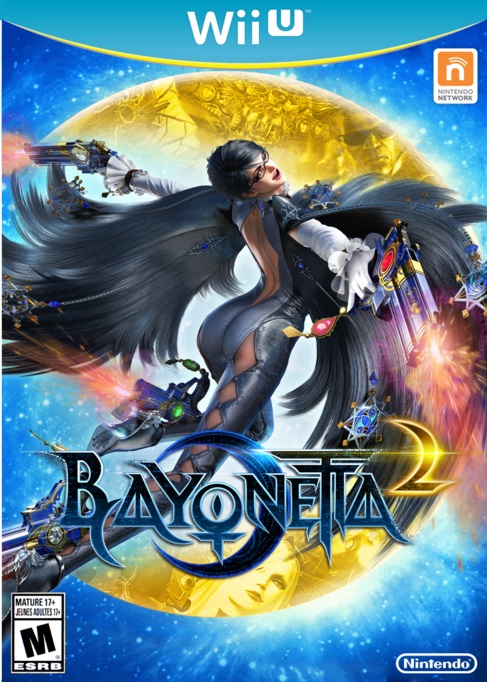
All images in this editorial are copyrights of their respective owners.

